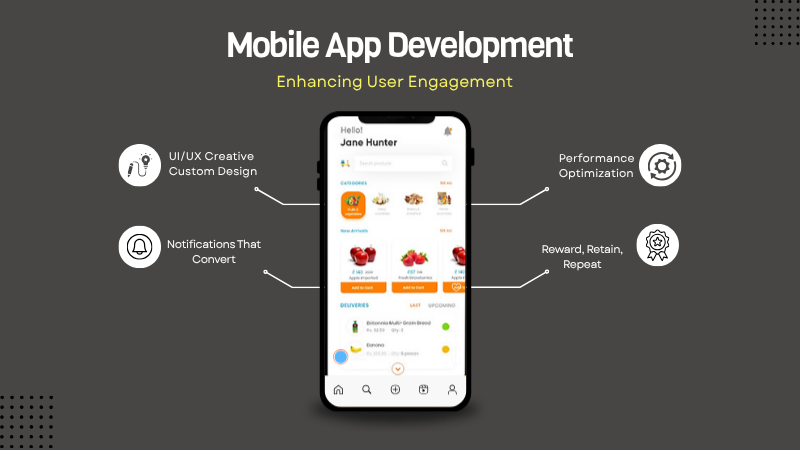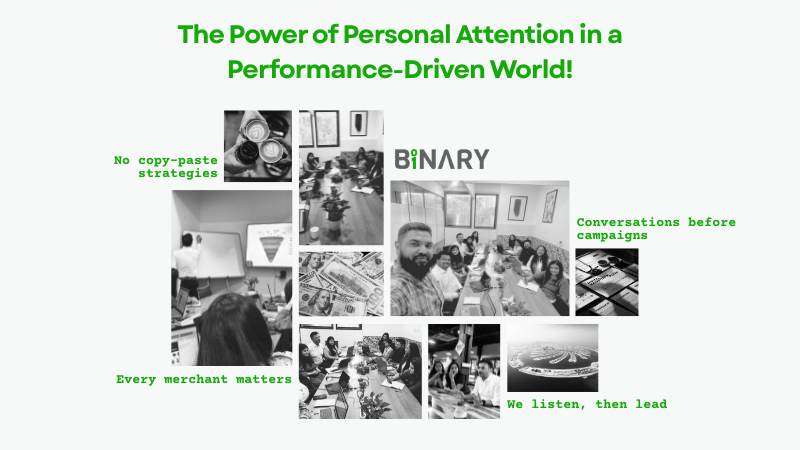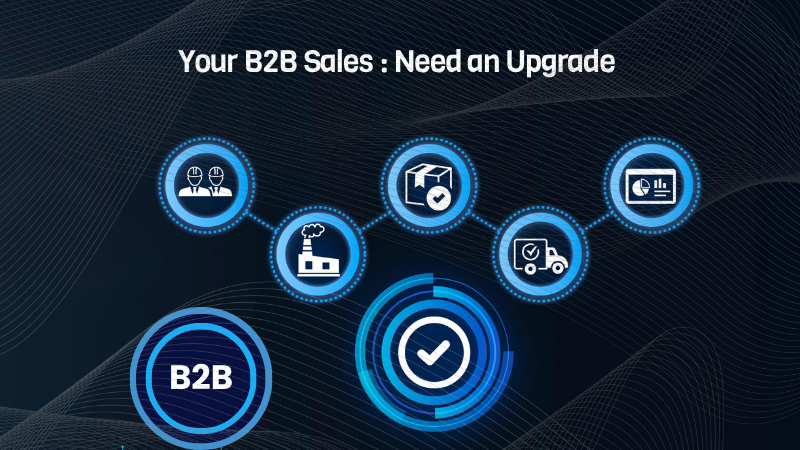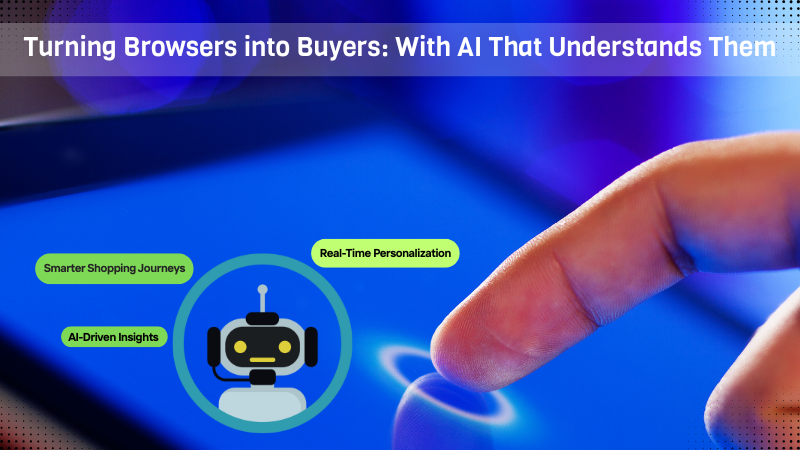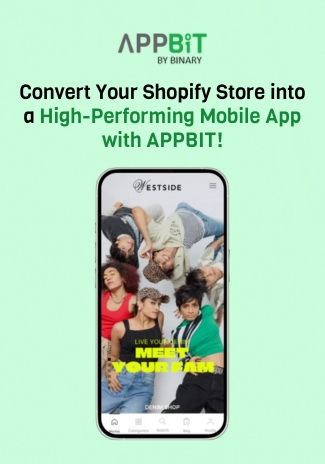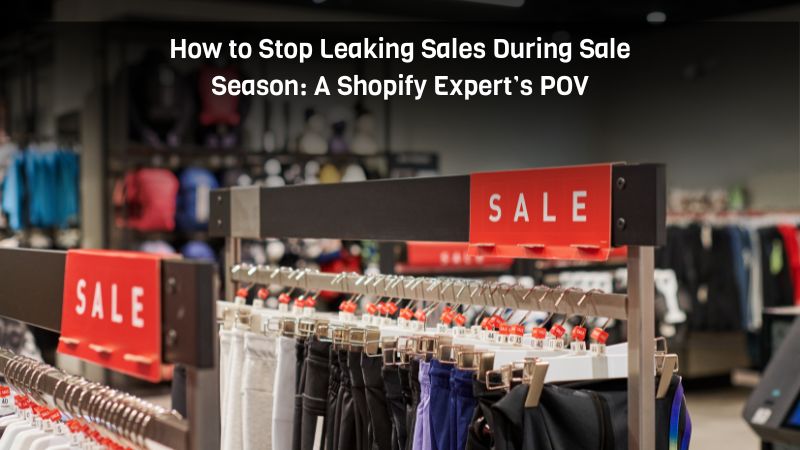Did you know that the quick commerce market in India is projected to grow by 10x in the next five years? This surge is driven by the increasing demand for ultra-fast delivery services, transforming the way we shop and meet our everyday needs. In the fast-paced world of e-commerce, a new trend is emerging that promises to revolutionize the way we shop: Quick Commerce, or q-commerce. This innovative model focuses on delivering goods to customers in an incredibly short time frame, often within 30 minutes to an hour. In India, companies like Blinkit and Zepto are leading the charge, transforming how consumers meet their urgent needs.
What is Quick Commerce?
Quick commerce is a subset of e-commerce that emphasizes speed and convenience. Unlike traditional e-commerce, which typically delivers products within a few days, quick commerce aims to get items to customers almost instantly. This model caters to those who need products quickly and are willing to pay a premium for the service.
How Does Quick Commerce Work?
The success of quick commerce relies on several key components:
Local Fulfillment Centers:
Quick commerce companies establish micro-fulfillment centers in densely populated areas. These centers stock high-demand items that customers often need urgently, such as groceries, meals, household essentials, and over-the-counter medications.
Optimized Inventory:
Using advanced algorithms and real-time data analytics, these companies manage their inventory efficiently, ensuring that popular items are always in stock.
Efficient Delivery Networks:
Quick commerce leverages a fleet of delivery personnel who are strategically positioned to dispatch orders immediately. This network is designed to cover a small geographic area, ensuring fast delivery times.
Technology Integration:
Sophisticated technology is at the core of quick commerce. From user-friendly apps and seamless checkout processes to real-time order tracking and route optimization, technology ensures that the entire process is smooth and efficient.
Stages of Quick Commerce
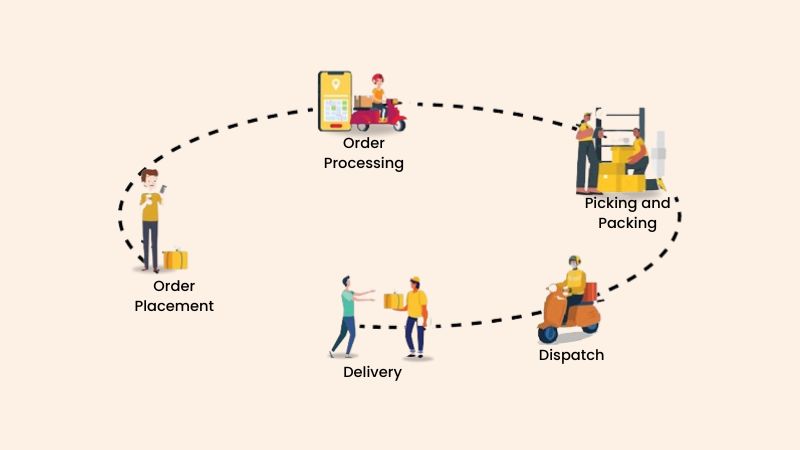
Order Placement:
Customers place orders through a mobile app or website, selecting from a curated list of products available for quick delivery.
Order Processing:
Once an order is placed, it is immediately processed at the nearest micro-fulfillment center. The system checks inventory in real-time to confirm the availability of the items.
Picking and Packing:
Staff at the fulfillment center quickly pick and pack the items, ensuring they are ready for dispatch within minutes.
Dispatch:
The order is handed over to a delivery person, who uses optimized routes to ensure the fastest possible delivery.
Delivery:
The customer receives their order within the promised time frame, often accompanied by real-time updates on the delivery status.
Examples of Quick Commerce in India
Formerly known as Grofers, Blinkit has rebranded itself to focus on quick commerce. With a promise to deliver groceries and essentials in 10 minutes, Blinkit has established numerous micro-fulfillment centers across major Indian cities.
Another major player in the Indian quick commerce market, Zepto, specializes in delivering groceries in under 10 minutes. Their app offers a wide range of products, from fresh produce to household necessities, all available for instant delivery.
Conclusion
Quick commerce is redefining the e-commerce landscape, offering unprecedented convenience and speed to consumers. Companies like Blinkit and Zepto are leading the way in India, ensuring that customers can get their essentials in record time. As this trend continues to grow, we can expect even more innovations and improvements in the way we shop.
Connect with Binary, your e-commerce experts in India, to explore how quick commerce can revolutionize your business. Contact us today to discover the future of e-commerce!



